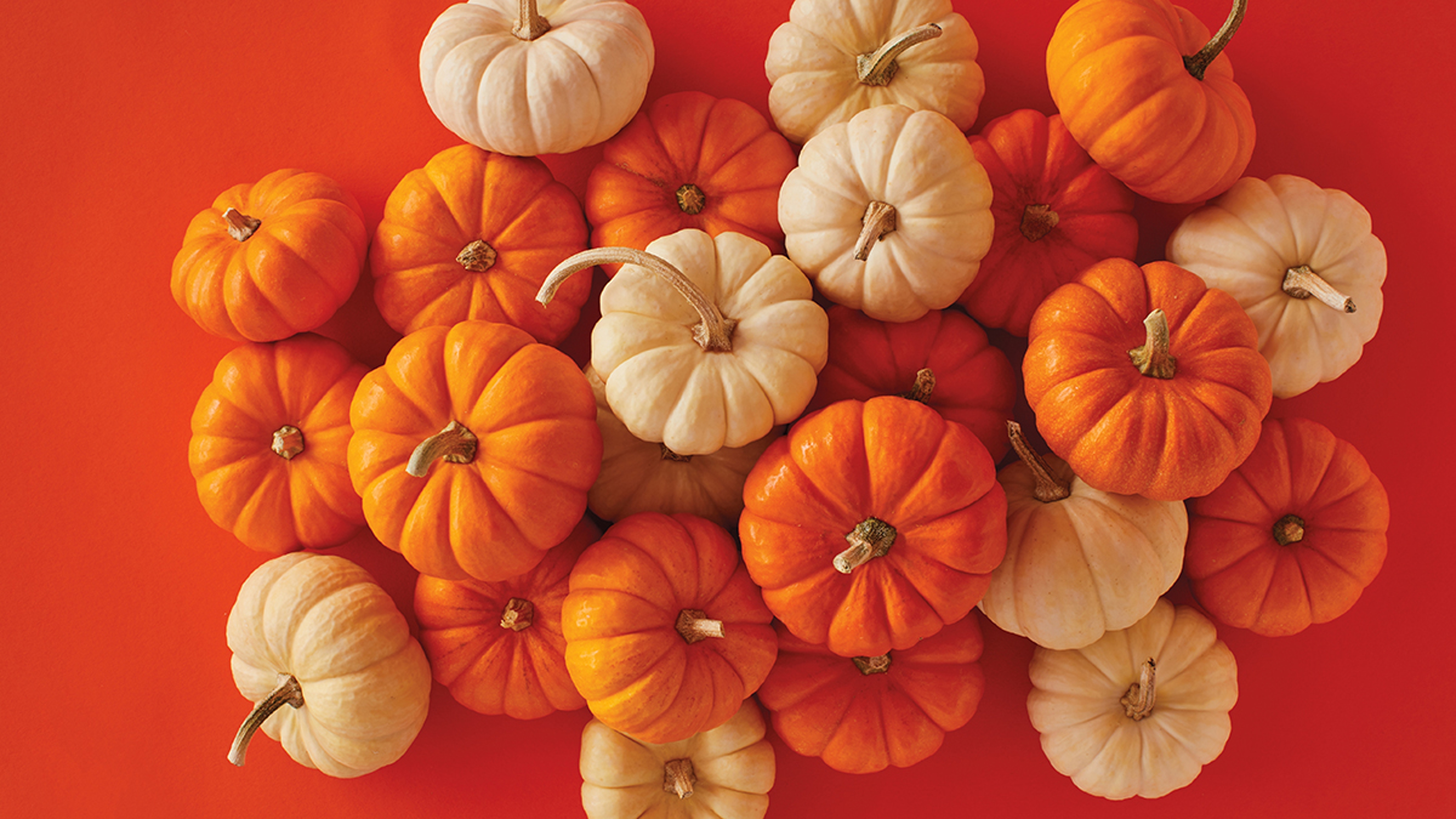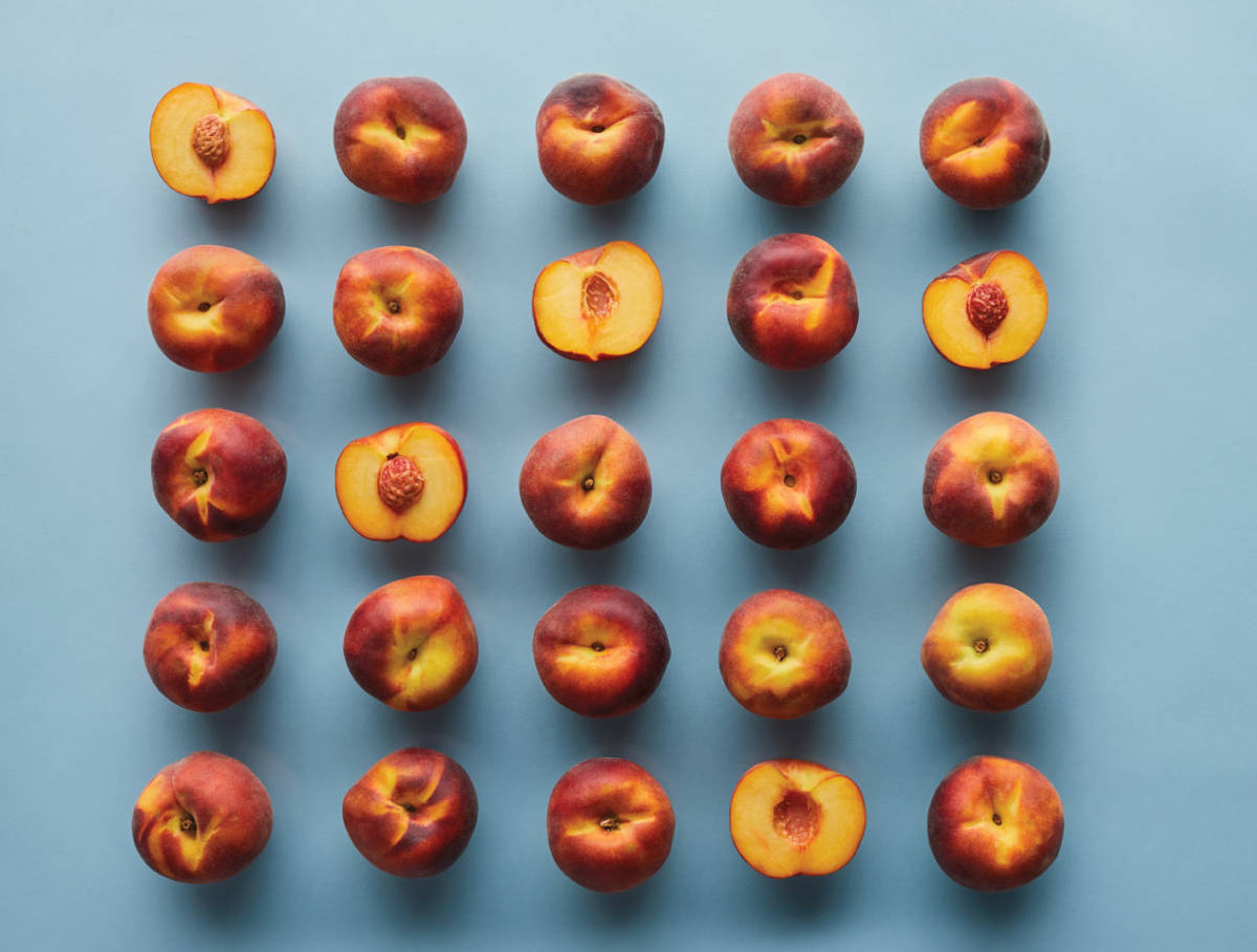The Berry That Just Won't Quit: A Look at Cranberries Through the Ages
Just don't get too bogged down in the details.
Nov 15, 2021
The cranberry. It may have a long and storied history in the United States — being one of the only indigenous fruits to North America — but this tart fruit has sadly been pushed aside in favor of sweeter berries.
We still love you, strawberries and raspberries, but it's high time to celebrate that other red berry and give the humble cranberry its moment in the sun.
They've been around a loooong time
The history of cranberries in North America goes back to glacial times. When the ice caps shrank after the ice age more than 10,000 years ago, glaciers left wide swaths of low-lying wetland perfect for cultivating cranberries. In particular, the land that is now New England. It was (and still is) rife with bogs.
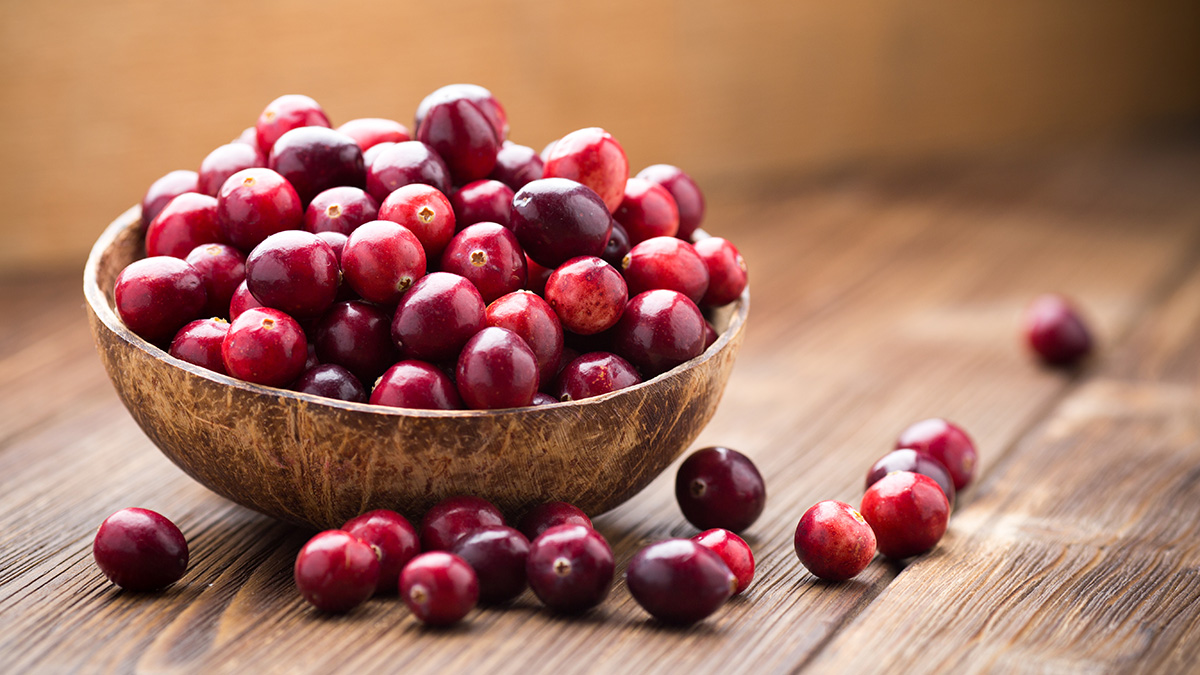
The native Wampanoag people have been cultivating these berries and enjoying them fresh, cooked, and dried for more than 12,000 years. Fast forward to the 1600s and the arrival of Europeans, who noticed the North American cranberries resembled another species of cranberry native to boggy England. It wasn't until almost 200 years later, in 1816, that the settlers started cultivating the berries for commercial use.
Throughout the 19th and 20th centuries, cranberries played a significant role in the economies of Massachusetts and its neighboring states. As farm equipment became more efficient, the hard labor of cranberry production and harvest became faster and easier. This led to the number of growers increasing to meet the heightened domestic and international demand for America's original berries.
But with this increase in speed and need came an increase in farmland consolidation. According to David Ross, owner of Cape Cod Cranberry Bog Tours in Orleans, Massachusetts, a farmer in the 1980s could support himself with 10 to 20 acres of bogs. However, since expensive equipment has become necessary to keep up with demand, Ross says "farmers today need at least 80 acres to stay economically viable."
From bog to table
Wisconsin produces more cranberries than any other state — 4.64 million barrels in 2020, to be exact. (A barrel of cranberries holds 100 pounds of fruit.) The next biggest domestic producers are Massachusetts (2.06 million barrels) and Oregon (558,000 barrels). Americans annually consume nearly 400 million pounds of cranberries, 20% of which they enjoy during the week of Thanksgiving.
Most people consume cranberries as juice or dried fruit. In fact, only 5% of cranberries sold are fresh. Ross sells most of his harvest to large food production companies, which process his fresh berries and turn them into juice, sauce, and dried snacks.
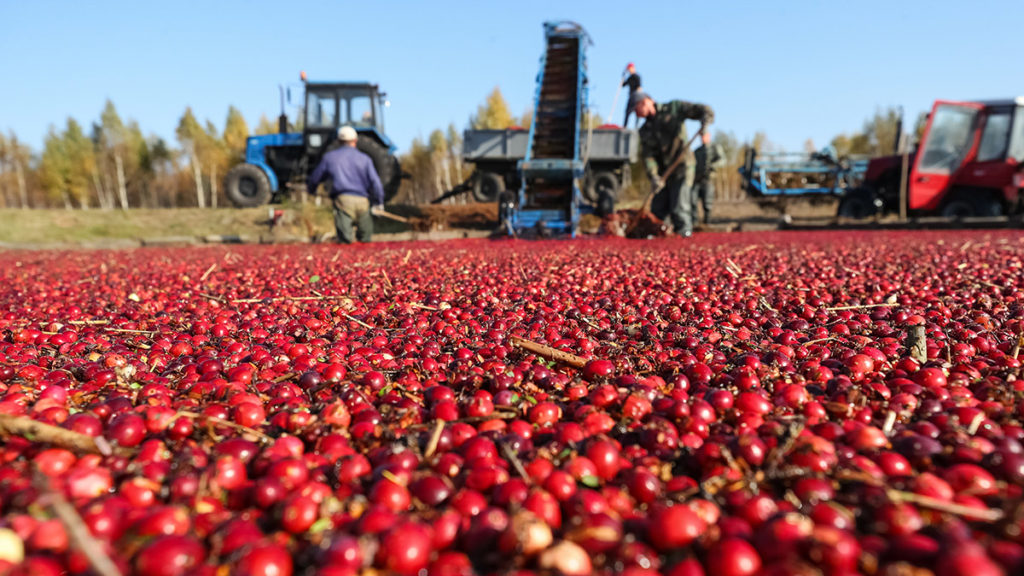
One common misconception about cranberries, Ross says, is that they grow in huge water-filled bogs, where farmers don suspendered galoshes and wade out to pick bucketfuls of berries. The truth is, the berries grow on dry, often sandy land, and the water comes in to help with the harvest. When harvest season arrives in October and November, growers flood their farms with fresh water from flood water reservoirs. The summer heat cools off the water, which is the farmers bring in to make the ripe berries float. Then, huge machines called harrows comb through the water, skimming off the fruit.
Before the flooding, farmers have a short, dry harvest. During this time, they use a raking machine to pick the ripe berries directly off the vines. These are the berries you'll find bagged in the grocery store before.
They're super good for you
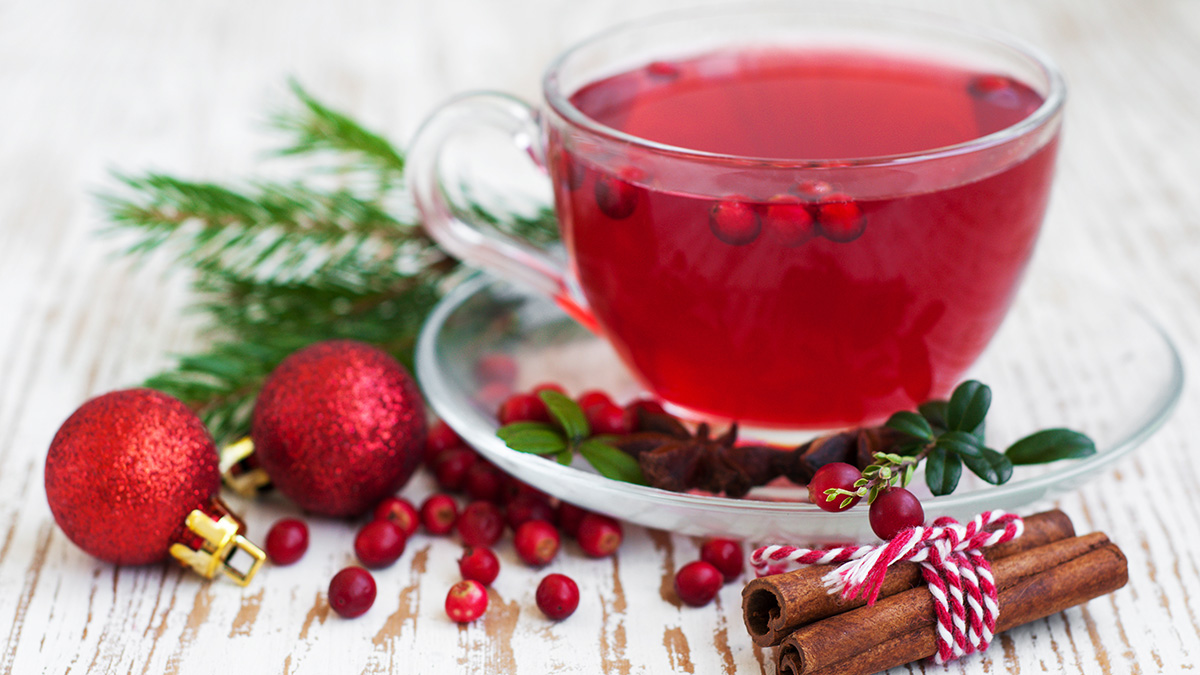
Before they became a holiday staple, cranberries were used for their medicinal purposes. Native Americans used the berries to treat swelling, which makes sense given cranberries' concentration of PACs, or proanthocyanidins. The PACs found in cranberries have unique qualities and offer important health benefits, including being powerful anti-inflammatory agents that help promote a healthy gut and urinary tract.
One study on 20 unique fruits found that cranberries have the highest concentration of phenols, plant-based antioxidants that have been shown to protect against heart disease and cancer.
These days, your doctor may even prescribe cranberry juice as a treatment for ailments related to the urinary tract. A 2016 study showed that drinking eight ounces of cranberry juice a day can reduce symptomatic urinary tract infections by 40%.
How to eat them
In North America, cranberries were first enjoyed in a dish similar to grits called nasampe. The Wampanoag combined the fresh berries with dried meat and fat for flavor and preservation. They then cooked the mixture until it became smooth and spoonable, and then served it like porridge.
Now that the consumption of dried cranberries has surpassed that of fresh, the popularity of cranberry-studded baked goods has skyrocketed. The bitter red berries give sugary cookies a sweet-tart flavor. One of the most common cookie pairings for cranberries is white chocolate (try the combo for yourself!).
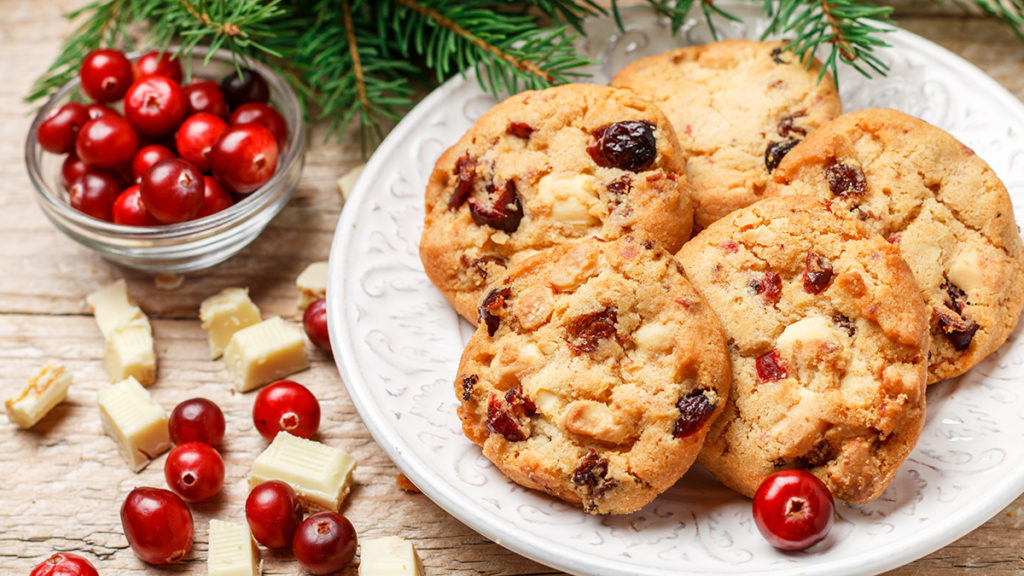
Cranberries are especially popular during Thanksgiving and Christmas, so it makes sense to pair them with other seasonal wintertime fruits, such as citrus. They also show up in an assortment of baked goods, from cranberry orange cookies to a cranberry pear galette to a cranberry Kringle.
Of course, this tart berry isn't just for dessert. It has an amazing ability to slide seamlessly from sweet to savory, which is why cranberry sauce (and its close cousin, cranberry relish) is such a staple on holiday tables.
Another way to get your cranberry fix is to serve them with cheese, most commonly, Brie. This melty soft cow's milk cheese offers the perfect creamy counterpoint to the piquant berry. And when you fold the combo in a layer of flaky, golden puff pastry? You have an instant show-stopping appetizer that's guaranteed to disappear quickly.






